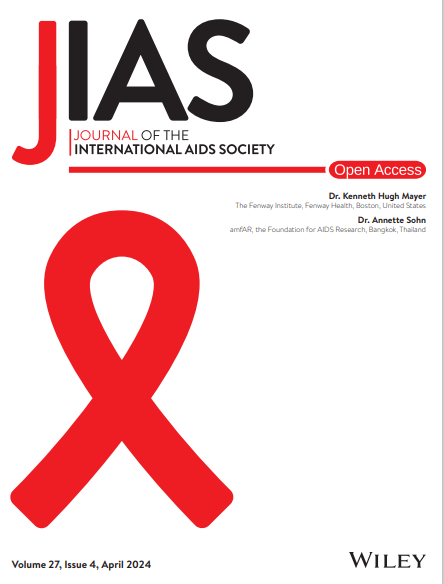Factors associated with awareness of and willingness to use PrEP among stable, heterosexual HIV-serodifferent couples in seven African countries, 2019–2022
Abstract
Introduction
HIV pre-exposure prophylaxis (PrEP) is an effective biomedical intervention for preventing HIV; however, PrEP adoption initially lagged across sub-Saharan Africa (SSA) and may have been affected by barriers to engagement in PrEP care. Stable, heterosexual HIV-serodifferent couples are a priority population of PrEP expansion efforts. We assessed factors associated with PrEP awareness and willingness among HIV-serodifferent couples in SSA to guide PrEP interventions for this population.
Methods
We conducted a cross-sectional analysis using pooled data from nationally representative, two-stage cluster sampling, HIV-focused household surveys completed during 2019–2022 in seven African countries. We analysed data from 1738 persons without HIV aged ≥15 years in stable, heterosexual HIV-serodifferent couples and included clinical information from their partners with HIV. Higher HIV risk was defined by unawareness of a partner's HIV-positive status or having a partner with an unsuppressed viral load (≥200 copies/ml). Lower HIV risk was defined by awareness of a partner's HIV-positive status and having a partner with a suppressed viral load (<200 copies/ml). We conducted multivariable logistic regression using survey weights and jackknife variance estimation to assess factors associated with PrEP awareness and willingness.
Results
Overall, 18.1% were aware of PrEP, 69.1% were willing to use PrEP and 5.1% had ever used PrEP. Forty-four percent had higher HIV risk. Higher odds of PrEP awareness were associated with being female (adjusted odds ratio [aOR]: 1.73; 95% confidence interval [CI]: 1.15–2.59), secondary education or higher (aOR: 6.42; 95% CI: 2.97–13.91) and lower HIV risk (aOR: 1.58; 95% CI: 1.00–2.48). Higher odds of PrEP willingness were associated with employment in the past year (aOR: 1.55; 95% CI: 1.01–2.37), previous PrEP awareness (aOR: 2.44; 95% CI: 1.36–4.36) and lower HIV risk (aOR: 1.70; 95% CI: 1.07–2.70).
Conclusions
Persons in stable, heterosexual HIV-serodifferent couples with lower HIV risk were more aware of and willing to use PrEP than those with higher risk. Our findings highlight the importance of encouraging HIV status disclosure, educating about HIV-serodifference and PrEP, and providing PrEP linkage during HIV testing and prevention counselling to increase PrEP awareness, willingness and use among HIV-serodifferent couples in SSA.


 求助内容:
求助内容: 应助结果提醒方式:
应助结果提醒方式:


